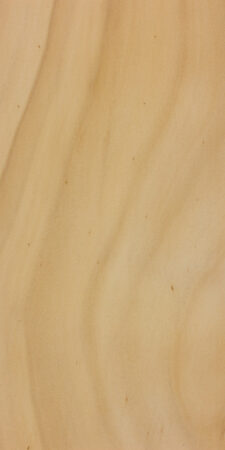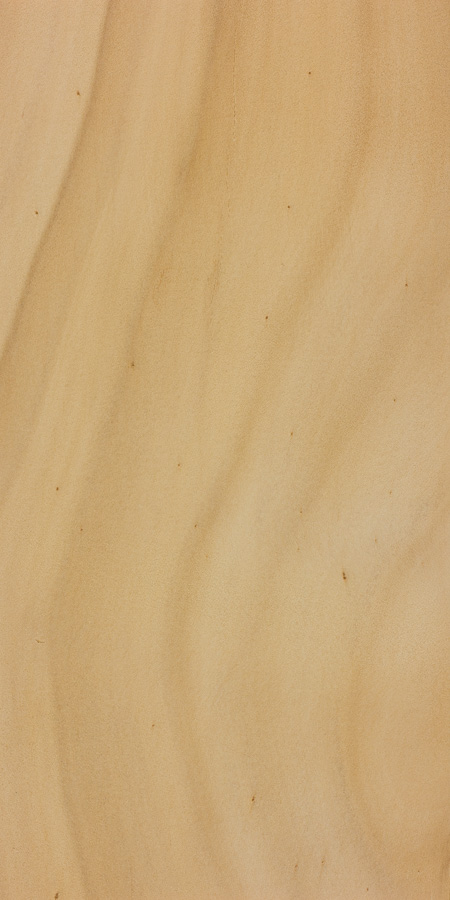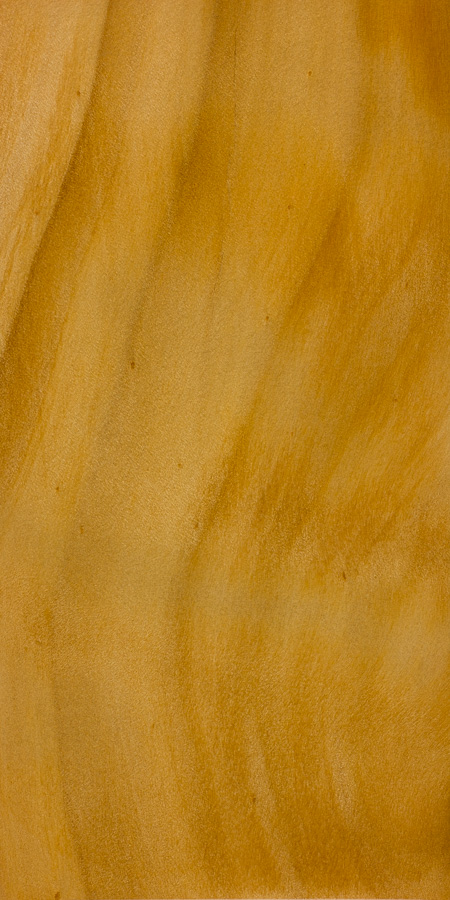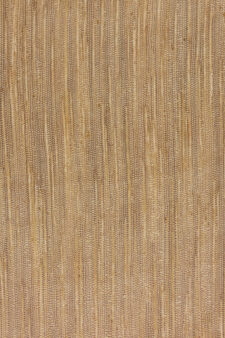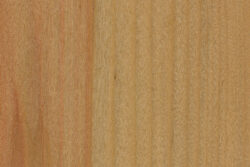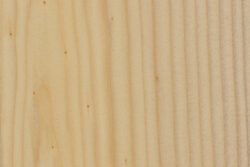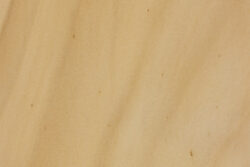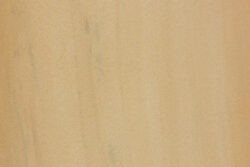Common Name(s): Hoop pine, colonial pine
Scientific Name: Araucaria cunninghamii
Distribution: Eastern Australia and New Guinea (also grown on plantations)
Tree Size: 100-200 ft (30-60 m) tall,
3-6 ft (1-1.8 m) trunk diameter
Average Dried Weight: 31.3 lbs/ft3 (500 kg/m3)
Specific Gravity (Basic, 12% MC) : 0.39, 0.5
Janka Hardness : 750 lbf (3320 N)
Modulus of Rupture : 12320 lbf/in2 (85 MPa)
Elastic Modulus : 1706000 lbf/in2 (11.77 GPa)
Crushing Strength : 6800 lbf/in2 (46.9 MPa)
Shrinkage : Radial: 3.4%, Tangential: 5.4%,
Volumetric: 9.1%, T/R Ratio: 1.6
Color/Appearance: Heartwood is light brown, sometimes with a yellow or red hue. Paler sapwood isn’t clearly defined. Sometimes afflicted with blue/gray fungal staining, particularly if not dried properly. (In certain applications this staining is considered decorative, particularly when the wood also features contrasting reddish knots.)
Grain/Texture: Grain is usually straight to interlocked, with a fine to medium uniform texture. Moderate natural luster.
Rot Resistance: Rated as non-durable to perishable; poor insect resistance. Also susceptible to fungal staining.
Workability: Clear sections of wood are easy to work with hand and machine tools. Sections with knots can be problematic and result in tearout or uneven sanding due to the difference in density of the two regions. Glues, finishes, and turns well.
Odor: No characteristic odor.
Allergies/Toxicity: Although severe reactions are quite uncommon, wood in the Araucaria genus has been reported to cause skin irritation. See the articles Wood Allergies and Toxicity and Wood Dust Safety for more information.
Pricing/Availability: Plantation grown trees are regularly harvested for lumber, though the wood is seldom imported to North America. Expect prices to be higher than comparable domestic softwoods.
Sustainability: This wood species is not listed in the CITES Appendices, and is reported by the IUCN as being a species of least concern.
Common Uses: Furniture, plywood, paper (pulpwood), turned objects, and small specialty wood items.
Comments: So named for its distinctive bark, which forms horizontal bands resembling hoops. In the past, hoop pine was been sold and marketed interchangeably with Bunya pine—another very similar species—under the name colonial pine.
Although the common name indicates it’s a pine, it’s not technically a true pine in the Pinus genus, which is essentially restricted to the northern hemisphere. However, hoop pine is a member of the Araucaria genus, which could be considered a southern hemisphere counterpart to the Pinus genus.
Although found predominantly in Australia, a variant, Araucaria cunninghamii var. papuana, is found in Papua New Guinea.
Images: Drag the slider up/down to toggle between raw and finished wood.
Identification: See the article on Softwood Anatomy for definitions of endgrain features.
Resin canals : absent
Tracheid diameter : medium-large
Earlywood to latewood transition : gradual
Grain contrast : low
Parenchyma : none
Lookalikes/Substitutes: Bunya pine (Araucaria bidwillii) is a closely related species also found in Australia. The two species cannot be separated macroscopically, but this article discusses techniques for telling them apart under a microscope.
Notes: Most Araucaria and Agathis species are indistinguishable on the basis of macroscopic wood anatomy.
Related Content:

